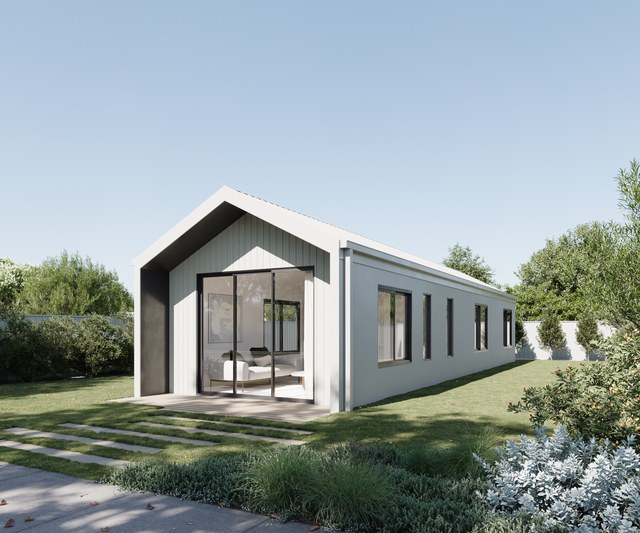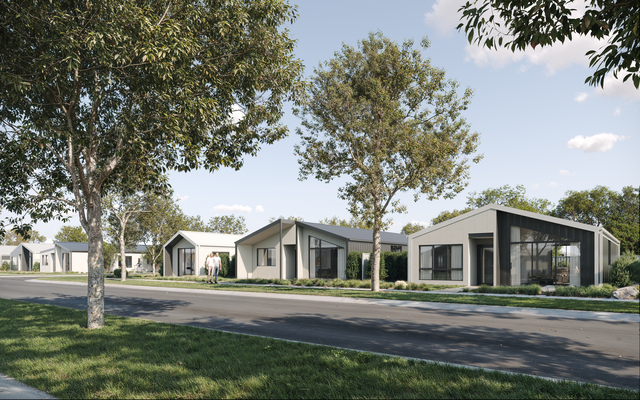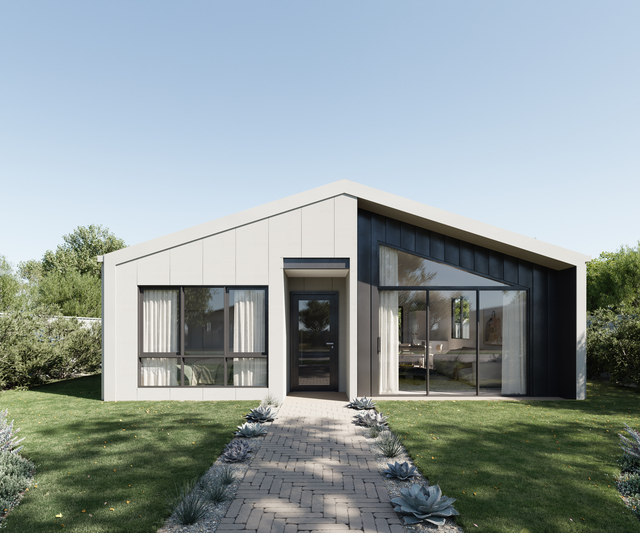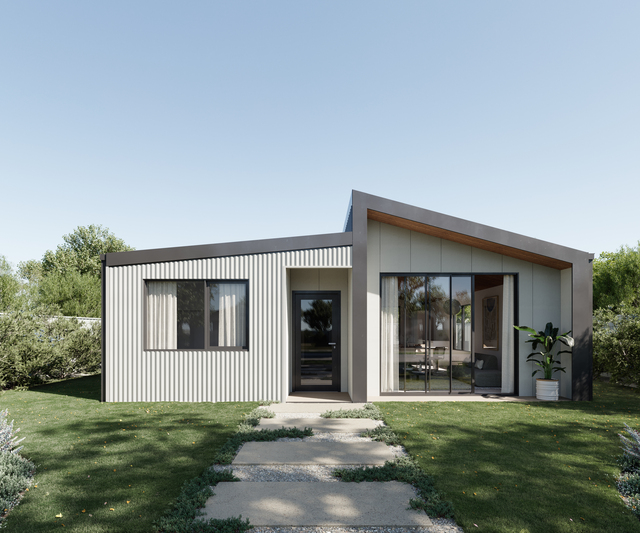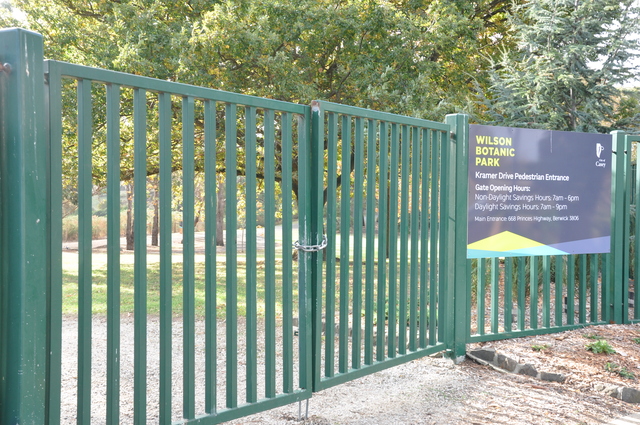As Australia’s ambitious housing targets slip further out of reach, Pakenham-based modular builder Grove has made a decisive move to help close the gap, shifting production from commercial to residential and positioning itself to deliver up to 1000 homes per year.
The homes are suited for the rapid delivery of build-to-rent and land lease programs, which Grove says are “critical to boosting housing supply.”
“If we’re serious about tackling Australia’s biggest economic challenge – the provision of affordable housing – we need to build smarter, faster, and more sustainably. The old way
simply won’t meet the scale of demand,” CEO Brenton Grove said.
“We’ve proven we need just two weeks in factory and less than a week on site to deliver quality homes at scale. This has the opportunity to change the housing landscape and
has applications in aged care, regional housing and key worker accommodation too.
“We’re able to achieve these timelines by leveraging the efficiency of off-site fabrication that allows multiple stages of a build to occur simultaneously.”
Grove said the rising housing supply pressures, skyrocketing development costs, and skilled labor shortages have made traditional building methods increasingly unsustainable, turning modular housing from niche to necessary.
“We’re seeing governments, developers and financial institutions turn to companies like us as they’re being forced to innovate how they deliver products. They truly are stunned that this solution has been under their nose the entire time.”
Grove said modular housing has suffered from poor public understanding, often associated with ‘granny flats’ or temporary structures.
“The industry has done a really poor job at showcasing and explaining the capability of modular construction,” Grove said.
He also highlighted inconsistent planning regulations, financing challenges due to unfamiliarity with the model among lenders, and lingering public skepticism around quality and permanence as key barriers.
“The current limitations are emblematic of an industry and a country who haven’t thought ahead in building methodology and delivery,” Grove said.
“Addressing these requires clearer policies, education for financiers, and ongoing demonstration of successful, high-quality modular projects.”
Still, Grove is confident that perception is beginning to shift.
“Today’s modular homes are architecturally designed, built to the same (or higher) standards as traditional construction, and often exceed expectations in energy efficiency, durability, and design quality,” he said.
“We’re finally starting to pivot into a direction whereby modular is being discussed as a solution. Europe has been doing this for decades and has established delivery modules and building regulations that enable high quality providers to supply to a chronically underserved market.
“Until we can adapt, evolve and continue to build consumer confidence in the quality of this product, we won’t fully reap the benefits of alternative building methodologies in this country.
“What should matter is getting people into affordable homes, quickly at a price point that generates long term capital growth – not how or where they were built. We exceed the NCC, we meet all building regulations; the fact that it’s built in a factory shouldn’t make any difference.”
While there is a growing consumer market for modular homes, modular’s focus is on the developer market and delivering homes at scale to tackle Australia’s housing supply issue.
“Our homes are suited for the rapid delivery of build-to-rent and land lease programs, which are critical to boosting housing supply,” Grove said.
The company has now created capacity at its 23-acre Pakenham facility to scale residential builds.
Mr Grove said the business had simply shifted capacity, with no capex expenditure or upgrades required to start production.
Cardinia Shire Council has also welcomed the role of modular housing in addressing urgent housing needs.
“Council is supportive of initiatives that address the urgent housing needs in our community, and we recognise the value that modular housing can bring to our region,” manager of Community and Planning Services Debbie Tyson said.
“The Victorian planning system does not differentiate between modular homes and traditional construction methods. Modular housing is subject to the same local zoning and permit considerations as other forms of housing.
“Council is committed to exploring innovative approaches to enhance affordable housing solutions throughout the Shire, supporting local industry and fostering job creation. These initiatives align with the objectives outlined in our Council Plan.”


